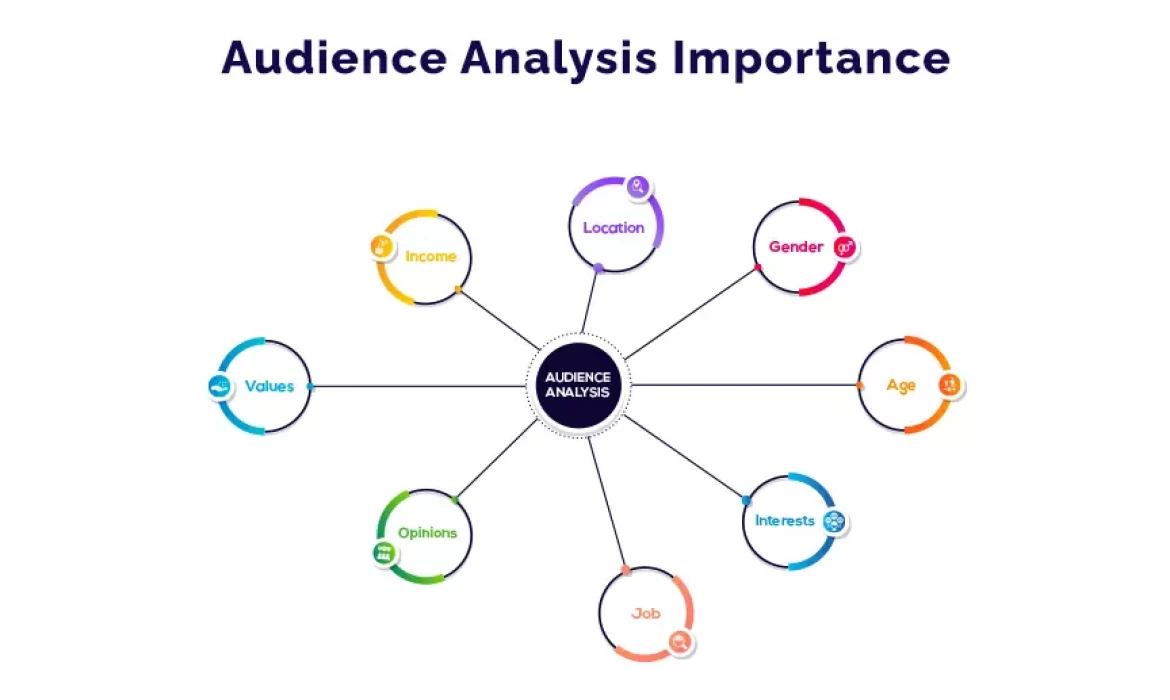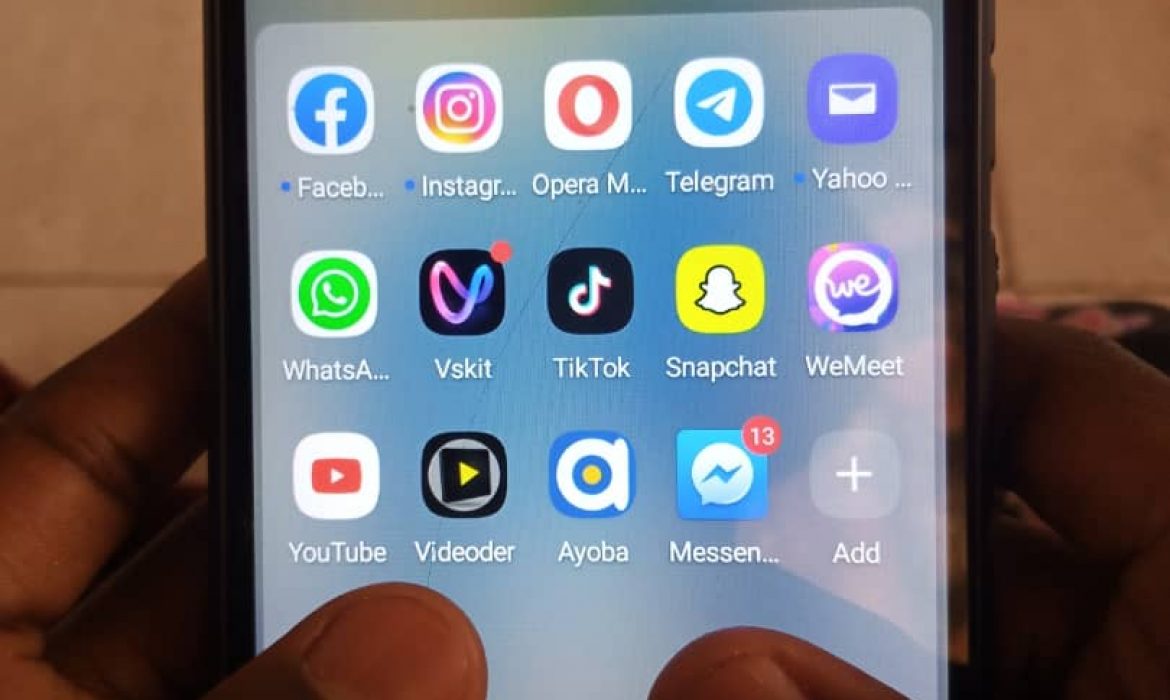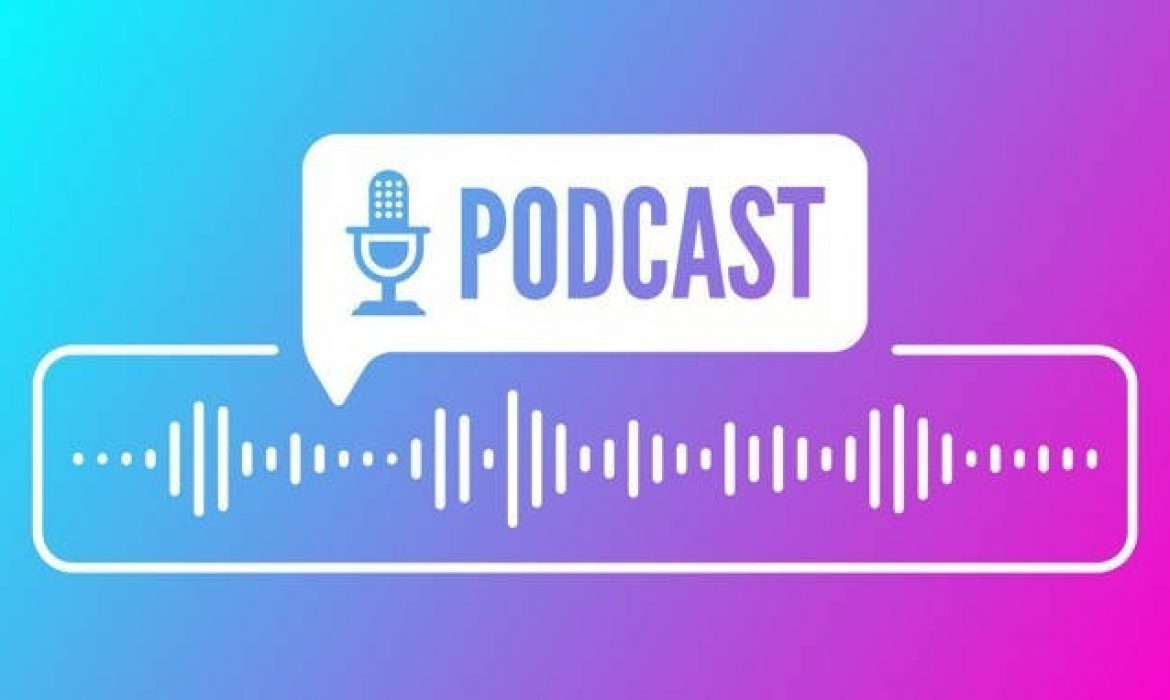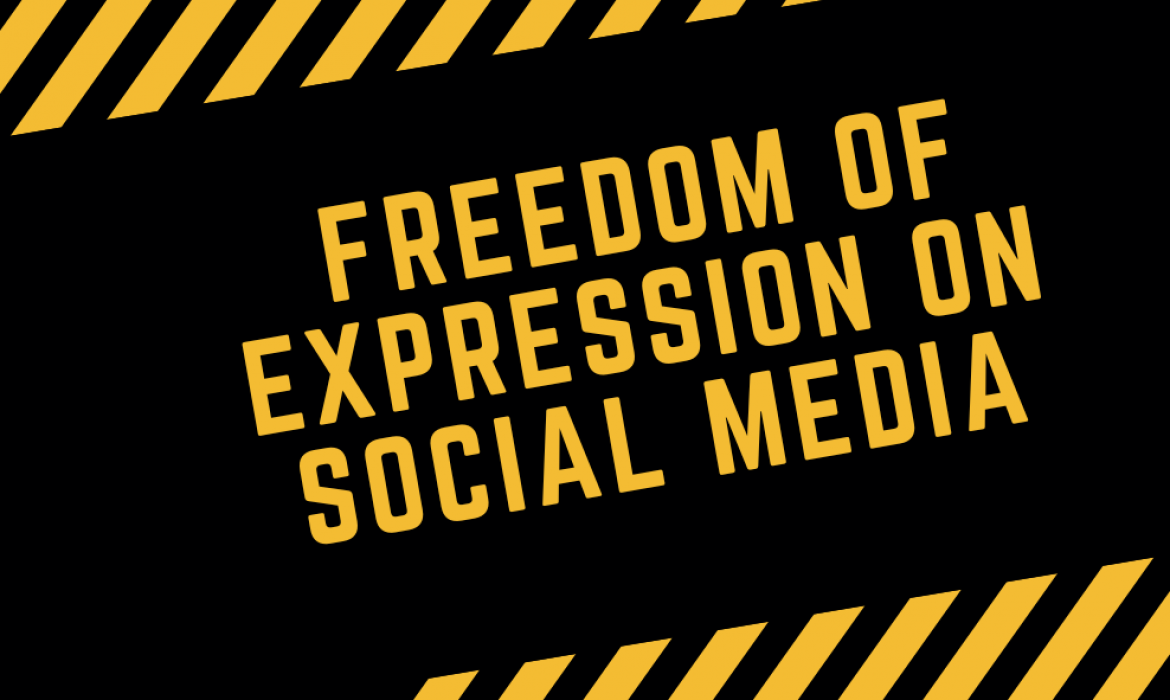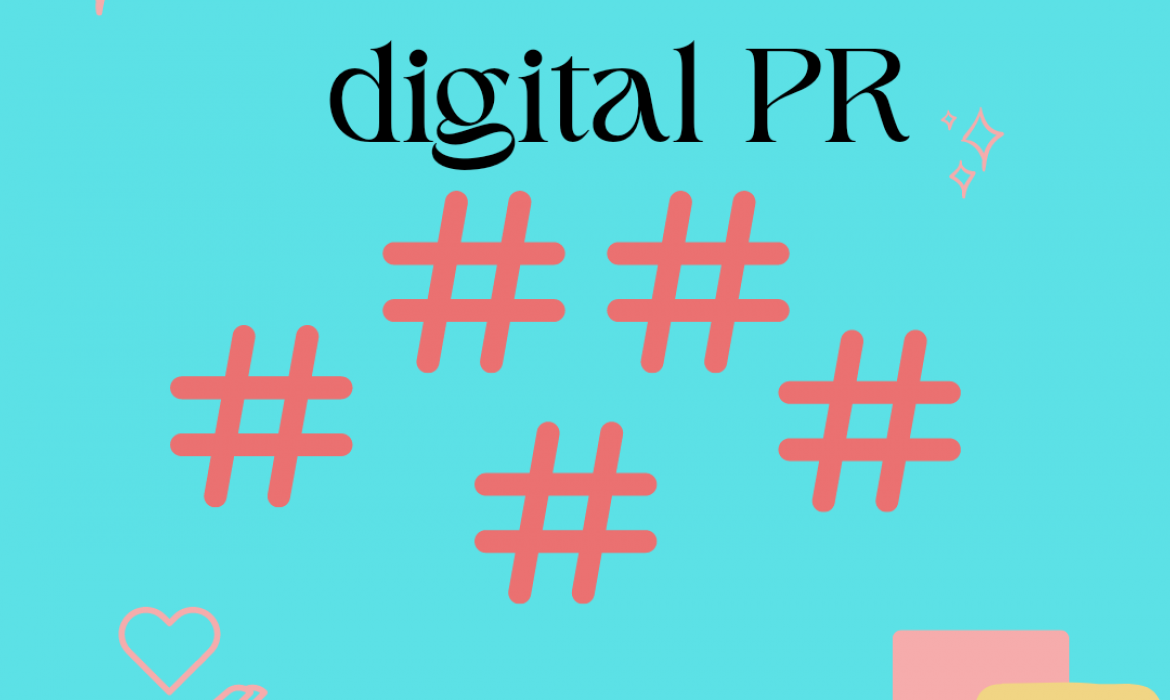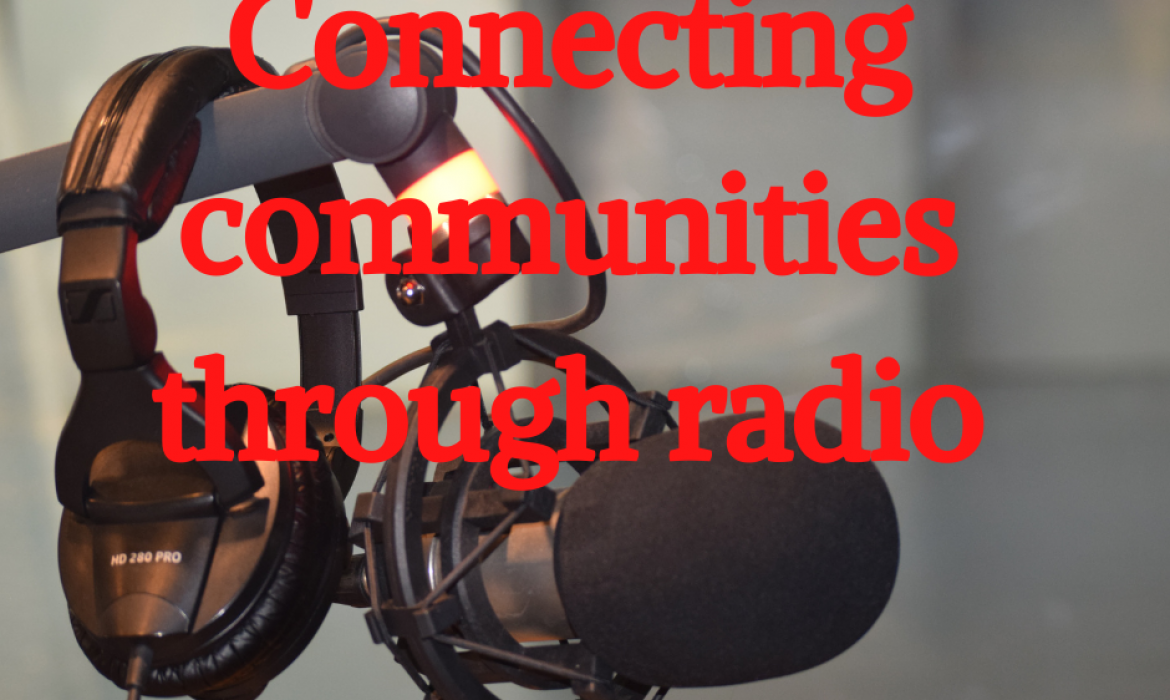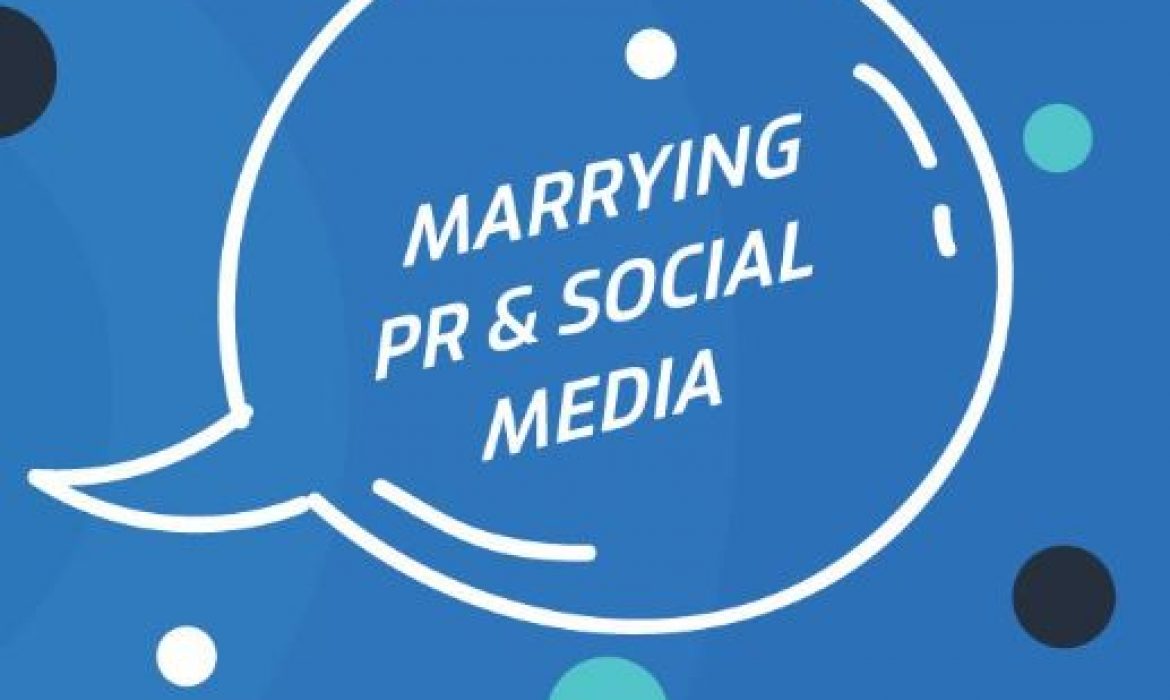CELEBRATING CHRISTMAS IN UGANDA
It is that time to celebrate the achievements of the year with friends and family. It is also a time to relax, refresh and plan for next year. It is the Christmas season, one of the peak seasons globally. In December, people reunite with their families, relatives and friends who are always away the whole year. It is about people returning home to their families and communities to spend time together, eat food, enjoy music and play games. It is also often a month of ceremonies and traditional events such as weddings and send-offs (okwanjula, Kuhingira), house parties, among others.
How we celebrate Christmas in Uganda is a wonderful example of the true spirit of the holiday; it is about food, family, friends and God. Locally called Sekukkulu, Christmas is celebrated on the 25th of December annually and it is one of the most important holidays in Uganda.
Companies, organizations, supermarkets, arcades and shopping malls start decorating and light Christmas trees at their entrances as early as 1st December. Church choirs sing Christmas carols and wherever you go, you will hear people wishing each other ‘Sekukkulu Ennungi’ meaning ‘Merry Christmas’.
The center of the celebrations is the birth of Jesus Christ and festivities begin the night before. First by decorating churches with candles, Christmas tree lights and balloons, among others and then at home; where children help prepare the home and food for the big feast the next day.
On Sekukkulu, people dress up in their best or new clothes to attend church services – including those who do not usually attend. Everyone enjoys the festive atmosphere and singing traditional carols, after all it is a celebration.
After church, everyone goes back home to a feast and at the center of the feast is chicken, well-seasoned and wrapped in smoked banana leaves (oluwombo) served with steamed matoke. This a traditional delicacy found only in Uganda. Along with the smoked chicken, all types of meat are served with rice, sweet potato, pumpkins, chapati, and vegetables; not forgetting drinks to accompany the food.
After the feast, families and friends celebrate with games, storytelling, singing, dancing, and knowing that everything is still closed the next day, this continues into the early hours.
Reflecting on 2nd Corinthians 9: 6-8, remember to share and celebrate Sekukkulu with the underprivileged since God loves a cheerful giver.
WE WISH OUR CLIENTS, FRIENDS AND FAMILIES A MERRY CHRISTMAS AND A HAPPY NEW YEAR.
Adding value to your job
This month, as I celebrate my first anniversary with Prim and King Limited, I want to look back on a journey of personal growth and value-addition to the company.
During career guidance, one of my mentors once told me: “It is one thing to do work, but it is another to do your job.”
Doing your work mainly involves a routine of being punctual, meeting your deadlines and following the stipulated terms of reference.
On the other hand, doing one’s job is what many employees fail to get a grip with. It means adding something extra and arises from that question almost always asked during job interviews: ‘What can you bring to the company?’
When we leave university, we have high expectations about the jobs we want to do. We are full of energy and very enthusiastic about applying our acquired skills.
After getting that dream job, during the first couple of months, most employees will go flat out to prove themselves. They will display a strong commitment to their teams and always eager to be the most creative problem solvers.
Out of personal experience and observation, I have learnt that after a while, individuals tend to get complacent. The daily routine then becomes boring and once the working culture of the company is captured and understood, everything becomes mundane.
The previous energetic approach turns into performing at minimum achievement rather than what was expected under the terms of reference. Days go by, weeks, months and then years of a daily routine.
Employees slowly become less productive; their desire to show initiative reduces to be replaced by a focus on how to reduce or dodge their workloads. At this point, alarm bells should be ringing like crazy.
Employers are interested in employees who constantly look for ways of developing their careers and keep up to date with the relevant skills that match their positions. This is where self-motivation and self-initiative are key.
An employee, who develops ways of improving their productivity and increases efficiency, adds real value to the company by saving resources. This can be as easy as finding a solution for the business or thinking out-of-the-box to support a client.
A year ago, some of the things stated above did not make sense to me. But with experience as my teacher and guide, I have gone through busy, stressful and boring moments at work. In the interlude, I have also realized how mindful I must be about my job. Taking an initiative, and picking interest in every part of the job is one way of achieving value-addition.
The value you add to the job strengthens your position in the company and helps improves its future prospects. Always do regular self-assessments on your productivity. Have you gone above or below what is expected of you?
That pay rise and promotion is not a right, but a matter of you doing your job.
AUDIENCE TARGETING AS A PR TECHNIQUE
We always look forward to receiving positive comments each time we post about our personal life, product or client. Amidst the positive comments, there is always 1 or 2 negative comments from the audience. It’s never pleasant to receive negative comments and reviews especially when all you want to achieve is visibility for a product; this implies that those particular people are not the audience you are targeting your content to.
Did you know that Audience targeting will help you overcome this challenge? Audience targeting is the segmentation of potential and existing customers based on various data points. Whether you are thinking about how to write a press release for an event, or you’re checking out the best marketing ideas for a client, you need to know your target audience in detail. When embarking upon any public relations or communications activity it’s important to define who your target audience is to make sure you’re reaching the right people.
Segment your audience by creating a customer persona that identifies audience interests, age groups, gender, location, challenges, and needs among others. A great place to start when researching your target audience is your own marketing and PR efforts. Interacting with the public is an opportunity for you to learn more about who is connecting with your brand. Start with your website and social media channels; research about your followers to find out about their demographics.
It is important to note that customers are always looking for transformation; products sell best when they solve problems for consumers. Identifying the obstacles customers encounter when trying to achieve their goals is one of the most important parts while carrying out client mapping. You need to know what your audience is trying to achieve or the experience they want, and what prevents them from it. With all that information, you will be able to develop content that offers solutions to challenges faced by your target audience.
However, remember that companies with different products have multiple audiences. If you have different audiences then you’ll need to have specific content for each one otherwise you won’t see engagement and results. From a communications point of view, use the information gathered to develop multiple audience profiles and content.
Once you are clear on your target audience you can tailor all your messaging, stories, and adverts to increase brand visibility and reduce negative comments.
SUSTAINABILITY BOOSTS BRAND AWARENESS
Climate change continues to affect our lives as well as the fate of other species on the planet. According to NASA, 95% of climate change is caused by human activities because of people’s reliance on land, resources, fossil fuels, among others. The effects of climate change in Uganda have turned the seasons around with the country experiencing shorter or longer rains and harsher droughts, flooding, and landslides, among others.
Businesses have embarked on sustainability activities such as recycling plastics, tree planting, using renewable energy to conserve the climate and reverse the negative effects of climate change. Making businesses sustainable starts with being aware of the issue at hand and understanding just how important it is to make changes that benefit the business and the planet. For business owners, and administrators, sustainable business practices are becoming a necessity; with an intention of making their organizations more mindful about protecting the environment.
Did you know that promoting your business’ green activities through PR and social media can raise your business profile? In addition to getting involved in environmental charities, consider posting press releases, videos and photos on social media to create visibility for your eco-friendly activities.
Using media to promote your sustainability activities can set your business apart from your competitors and attract new customers who want to buy products and services from an environmentally friendly business. Disseminating information about the company’s sustainability goals, progress and achievements create an emotional attachment between the company and its public.
Consumers under the age of 34 (Millennials and Gen Z) are the most enthusiastic consumers of sustainable products. These social media-savvy shoppers are also influential among their friends and family. They use word of mouth to spread information about your company’s organic and environmentally friendly products to influence their families to like, follow and purchase your goods.
By promoting sustainability achievements, you can increase customer loyalty, and please shareholders with the important increase in profits and the reduction in costs due to recycling and conserving energy. Implementing sustainable business practices help a company save money, increase profits, and become more socially responsible.
What is your business doing to conserve the environment?
Social media users face wave after wave of new features
Across the world, social networking is one of the most popular digital activities, underpinned by expanding internet penetration and the availability of increasingly cheaper devices. Facebook, Youtube and Whatspp are the top three favoured platforms.
Figures from the latest Global Social Media Statistics report show that over 59% of the world’s total population relies on these sites. However, this figure is rising fast as people no longer confine usage just for personal matters.
Employers now examine the backgrounds of their prospective employees on social media. Virtual interviews and meetings are made easy with the different digital platforms in addition to surveys to monitor potential clients/ customers’ competence. This is a clear indicator that society has grown to become dependent on these sites.
Social media app developers are also constantly coming up with new features that offer more convenience and enjoyment for users. A situation that often means many users cannot keep up.
This year alone, Whatsapp, the world’s most popular instant messaging platform, has rolled out 18 new features. For instance, there is a wider range of emoji to provide quick responses to messages. The ‘communities’ feature brings together different groups, but allows for admins to delete unwanted group messages.
Meta’s Facebook, the world’s largest social media platform, although currently banned in Uganda, has had ‘engagement’ as one of its themes for this year. Its new features are focusing on increasing user activity with the latest Community Chats feature that is in for testing for Messenger and Facebook Groups.
Twitter’s latest announcement, especially for the Twitter blues, the ‘Delete button’, intends to create room for editing on Twitter, on top of the Tweet view button and the Twitter circles released recently.
Henry Lutaaya, an ICT Specialist, says social media has gone far beyond socializing. It is a platform to conduct everyday business. Most of the latest features, including an auto-reply for whatsapp business are meant to ease communication. He is however concerned that many users are not fully exploiting the various new options being made available to them.
“With the new features being rolled out, it is good time for the ICT technicians and social media managers. Companies have had to create these offices to have people run and monitor the different platforms for the business”.
Tiktok’s high growing usage has seen its ranking shoot to the 5th position with more than one billion active global users monthly. The platform is unbeatable when it comes to rolling out new features, with one of its latest releases, a ‘Downvote’ option that makes it simple for users to flag irrelevant or inappropriate comments.
On the other hand, Emmanuel Edeet, a social media analyst, says too much of anything is always bad. Although these features are created to increase convenience, when they become too many, users will either lose direction or become too dependent on social media.
“Most of these features are available for the premium users which in the end makes communication and networking costly,” Edeet says.
With over 20 new features this year, LinkedIn is continually making connection between employees and employers easier and more fulfilling. With the ‘creator mode’, one is able reach to out to other members with tools like ‘LinkedIn live’, ‘Newsletter’ and ‘creator analytics’, which facilitate content creation.
Sophie Namirimu, a Social Media manager says, “The owners of the different platforms are seeking for means of connecting people within one space. Learning, networking, entertainment and meeting have all been brought to a common place through social media. In the long run, time spent online will continually increase because of the many activities that take place within a single space.”
When not restricted by the powers-that-be, social media is now an essential factor in people’s daily routines. This means freedom of expression has become more realistic, creating more audience for the different platforms and actualizing the Use and Gratification theory.
DRIVING THE COMMUNICATION INDUSTRY TO HEIGHTS THROUGH PODCASTS
At a high school reunion, we had a debate about reading Vs listening. Remembering the days when we had to read a lot of work to pass a test or exam, one of my colleagues mentioned that examination days were his worst days at school because of the bulk notes he had to read and grasp. Another one noted that each time, she listened to someone during a group discussion, she would easily remember her notes other than sitting alone in a library corner to read.
We are all different. Some people like to read, while others prefer listening to content. Some people that dislike reading blogs seem to love listening to podcasts. Podcasts are the new types of edutainment that everyone likes because they keep storytelling alive and can be listened to at one’s convenience and pace.
A podcast consists of a series of recorded audio files that can be listened to and downloaded to a personal device such as a phone or a computer. Podcasts usually feature a host and one or more guests engaged in a debate regarding a certain topic.
The rise of podcasts in the digital industry has driven the communication industry to heights. Given their immense popularity, it is no surprise that some clients are asking “can you get us on a podcast?” It is beneficial for PR professionals to include podcasts in client communication strategies to increase engagement and online visibility. At the moment, there are over 1,750,000 active podcasts therefore, there is no doubt that this is one of the most important trends of the 21st century.
Every once in a while, a company, individual, organization or media station, announces how they have started their own podcast site to position themselves as thought leaders and experts in their profession.
Podcasting boosts the visibility of a brand or individuals; when an expert shares their expertise, listeners easily connect with his/her voice. Creating bonds and establishing trust is easier when the audience is able to hear a voice. On top of that, sharing important insights supports personal development and the growth of a business.
Repurposing the quality of content is a creative tool every digital communications expert must possess. Podcasting gives you an opportunity to express yourself, choose topics, format and, script content to fit your audience, client and, potential client interests. It also enables you to transform written content into audio content for example if a client’s story garnered tons of attention, transform it into a topic of discussion during an episode of your podcast.
Remember to be consistent; stick to the style you developed through the written content, this will enable your brand to carry the same content across all digital platforms thus building a strong and deep connection with the audience.
Securing a slot for your client on a podcast is a great move toward gaining widespread exposure. Whereas the client has his/her own audience on different social and traditional media channels, appearing on podcasts helps him/her to reach out to the host’s listeners hence creating more brand awareness and visibility.
Through podcasts, you are reaching that segment of the audience which is not fond of written content.
Lack of restraint on social media results in sporadic clampdowns
For several years now, social media platforms have enabled anyone with access to the internet, to share their opinions about almost anything.
Few of us however, bother to read the community standards disclaimers all these websites feature that call for civility. Apparently, as long as one is able to tweet and send their Facebook message or post, who cares about being polite?
None of us is perfect, but we have no problem in exchanging all manner of abuse on the internet. It is this behavior that has forced owners/administrators of these popular communication platforms, especially during the past five years, to bear down on the culprits. It’s all a matter of restraint.
Today, a tweet can be flagged, reported, or even retracted without your knowledge. This is simply because a moderator evaluated it and deemed your tweet violated the standards of the relevant social media platform.
Related to this, is the increasing concern of many governments about what people share on social media platforms particularly during interludes of heightened tensions such as national elections.
According to accessnow, in 2021, authorities deliberately shut down the internet at least 182 times across 34 countries compared to 159 shutdowns recorded in 29 countries in 2020. Twelve countries cut internet access at least 19 times in Africa, three more countries than the previous year.
In January 2021, social media giant Meta, who run Facebook, shut down several accounts of a network in Uganda linked to the country’s Ministry of Information.
In a public statement, Facebook accused the account owners of using fake and duplicate accounts to manage their pages, comment on other people’s content, impersonate users and re-share posts in groups in a way of making them appear more popular than they were.
During Uganda’s General Elections last year, several social media platforms were not accessible so people resorted to using virtual private networks (VPNs). Four days after the elections, these sites were once again generally available except for Facebook.
In the meantime, the Uganda Communications Commission directed all app stores to block over 100 virtual private networks being used by Ugandans to bypass the blockage.
Although tech giants such as Twitter and Facebook have taken on the job of controlling freedom of speech, for any number of reasons, national regulatory bodies in some countries will often find it necessary to block them too.
Idealistic expectations were that social media platforms would become a free market of ideas and products where the consumers could express their complete freedom of choice.
In an opinion piece published in The New York Times, author Emily Bazelon said “Social media sites effectively function as the public square where people debate the issues of the day. But the platforms are more like privately owned malls: They make and enforce rules to keep their spaces tolerable, and unlike the government, they’re not obligated to provide all the freedom of speech offered by the constitution. Like the bouncers at a bar, they are free to boot anyone or anything they consider disruptive”.
Whether freedom of expression is absolute or not, we all have an individual responsibility to ensure communication is meaningful rather than destructive.
Benefits of hashtags in Digital PR
We have all seen the often used Hashtag (#) sign on social media posts, although it is possible that many of us do not really understand how it works and how helpful it can be.
A Hashtag is a label or sign on social media sites that makes it easy to find information or posts that have a theme or contain specified content. Hashtags are created by adding a sign (#) before a word or key, without space.
The world of social media usually has an information overload that easily results into users being stuck with too much information that eventually overwhelms them and they lose focus. Using a hashtag makes it easy to cut through the digital traffic and helps users to remain focused on the information they are interested in.
Over the recent years, hashtags have become a big part of Public Relations social media outreach. PR experts have got to understand that hashtags can help to spark conversations about the brand, content outreach, target audience engagement and make information easy to discover.
Hashtags help to indicate where one is posting from (#JinjaCity) or what is being talked about in the post (#happeningnow), they give a theme to the message. They have shaped and launched social movements and gatherings, earning them a trade mark of being symbols of definition in the Digital age.
According to David Olajide, a PR Consultant, Hashtags were first used in 2007 and slowly gained traction, before they suddenly went viral in 2009. At the start, they were mainly used by Tweeters, before they escaped to Facebook, Pinterest, Instagram, Youtube and other sites.
While designing a social media strategy for a public relations campaign, PR experts need to understand that coming up with that coming up with most suitable hashtag will attract new audiences and encourage public engagement. Customized hashtags help to showcase who you are as a brand and distinguish a brand from others, demonstrating brand’s core values, passions and revealing a clear image of the intended audience.
PR experts still need to understand that to effectively use hashtags, there is need to set SMART social media goals that fully align with their PR Plan. This will help shape your messaging, enable the right choice of images, at the best timing. The hashtags should align with the goals of the plan and must rotate around the topic of discussion.
It is always wise to keep it simple. Sometimes a topic may have more than one relevant hashtags. However, there is need to remain specific, to reach the target audience. Specific and focused hashtags make it easy to measure the success of a campaign and it easily achieves the proper kind of attention.
Hashtags can be used for all social media posts relating to topics like Fundraising campaigns, CSR, marketing, politics, charity among others.
RADIO DESERVES MORE RECOGNITION THAN IT IS RECEIVING NOW 
Unlike my colleagues born during the internet age (after 2000), the radio has been an integral part of the communication system of Uganda and Africa. Preceding the liberalization of radio operations by the government of Uganda in the early 90s, the country only had one radio station. Post liberalization, the numbers of both private and public radio stations have grown in leaps and bounds.
Approximately ten years ago, the United Nations (UN) designated February 13 every year as a day set aside for the world to celebrate World Radio Day. To guarantee the implementation of this day, the UN member countries put all the weight on the shoulders of the United Nations Educational, Scientific and Cultural Organization (UNESCO).
In Things Fall Apart one of the greatest literary masterpieces, Nigerian author Chinua Achebe (RIP) said, “A man who calls his kinsmen to a feast does not do so to save them from starving. They all have food in their own homes. When we gather together in the moonlit village ground it is not because of the moon. Every man can see it in his compound. We come together because it is good for kinsmen to do so.”
African families gathered around a radio set to know what was happening in the world beyond them. Since radio provided social, economic, and other forms of support, radio became a darling for many in Uganda’s predominantly agrarian and rural-based population. I dare to say that for most of us to catch up with the changing world, the radio became our turn device.
Radio’s role in peace-building in northern Uganda can not go without mention. From the early ’90s to the late 2000s, Northern Uganda struggled with the Lord’s Resistance Army (LRA) a rebel group led by Joseph Kony. As families fled their families, they turned to radios for information. On the other hand, the rebels allegedly tuned in to the radios to also know what was happening outside the bush.
In the morning hours of September 2002, the LRA rebels attacked the studios of Radio Wa and torched them down. The rebels accused the radio station of encouraging their LRA fighters to defect from rebellion and take advantage of the window of amnesty that had been put up by the government of Uganda. The attack on Radio Wa in hindsight confirmed that the radio was being listened to by the rebels and the displaced Ugandans in Acholi and Lango regions.
As the popularity of radio seems to be waning today due to the emerging new media enabled by the internet, radio holds a special position in most of our hearts. It was the closest that we came to bonding. I recall a special time when I listened to the daily English broadcast with my granny. My role was to listen to the English broadcast and then carefully translate each word listened to Luganda for her to understand what had been broadcast.
Away from being a hired Luganda translator, I was also challenged to become a better version of myself. I had to understand Luganda better with equally also understanding English. To me, the entire experience was a learning process and appreciation of the multi-cultural unity between English and Luganda. I had to know the two languages well so that I would be able to listen in.
As I reminisce these good times, I have a mind’s picture of the Katikiro of Buganda Charles Peter Mayiga. He with no doubt has challenged us to seamlessly speak our local languages and at the same time have a good command of English. Cultural transfer although unsolicited has happened. What a time to look up to the transition of the Radio to digital platforms. Radio is a gem that should be kept for the younger generations to partake of and enjoy.
FOR PR TO BE EFFECTIVE, SOCIAL MEDIA IS A KEY ALLY
Social media is a whole new phenomenon that has taken global communication by shock. Traditional news sites, global leaders, and opinion makers have all joined the new platform of communication. Dear reader, On December 12, 2012, Pope Benedict made his first tweet. As a PR professional, this to me was an endorsement of the role played by social media in expounding on Global discourse.
Ten years later, it looks obvious that Christians across the world expect messages from the Pope via his social media platforms most especially Twitter. The micro-blogging site has over time distinguished itself as a platform and home of breaking news. If you want to immediately know what the Pope has said, then you shall go to his Twitter @Pontifex. This was never the case before December 12, 2012, when Pope Benedict made his first tweet. The pope and the entire Catholic Church leadership in wanted to reach and get feedback from their audience.
If you have passionately appreciated that the Pope, your president, or any other thought leader reaches his audience through social media, what then is holding you back? In a country like Uganda where the average population are the youth, social media stands out as the preferred platform for you to reach your audience. Though you might dismiss these young people now because they do not have disposable income now, they are your future market. Any brand interested in sustainability has to figure this out.
The youth who dominate Uganda’s population are known to be tech-savvy and highly adaptive. The most important aspect about the youth is that their concentration on information lasts for the utmost three minutes. They are dealing with too much information at the same time. Your information should be drafted in a way that shall keep them glued.
Due to the rise in technological innovation and expansion by the youth, the world is evolving fast and changing how things are done drastically. This generation is highly dependent on technology and relies on social media as a source of information.
According to the digital media campaign platform Oberlo, Tiktok, Reddit, LinkedIn and Pinterest registered the highest user growth rate of 18.3%, 14.4%, 4.2% and 3.1 percent respectively in the United States of America. The new entrant in this data is Tiktok. The social media giant had I billion active monthly users, with the largest age group of these users aged between 10-19 years. 61 percent were female and 39 percent male.
Although TikTok’s growth is unprecedented, the social media giant has registered nearly 40% of the youth say they were directly influenced by the content they see on Tiktok. One may close their eyes to this fact but the reality is the statistics of the growth of Tiktok could be more telling in Africa. As internet penetration continues to grow across the continent, proactive telecoms like MTN Uganda have already designed products that satisfy the needs of the Tiktokers through the daily TikTok bundles.
The relationship between social media and Public relations is a necessity. To understand your audience and serve them better, you should be where they spend most of their time. Dear PR practitioner, open an account and post those 3-minute videos, articles, press statements and client events. As you understand your audience more, the numbers shall grow over time. This will also enable you revise your content to fit the needs and desires of your target audience.
The Future of PR is on social media


